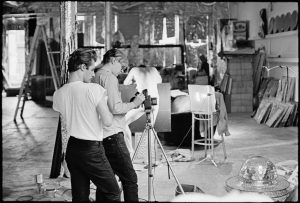Teri Varhol and Elena Helfrecht reflect on their sublime joint monograph that explores the tension between natural and human-made worlds
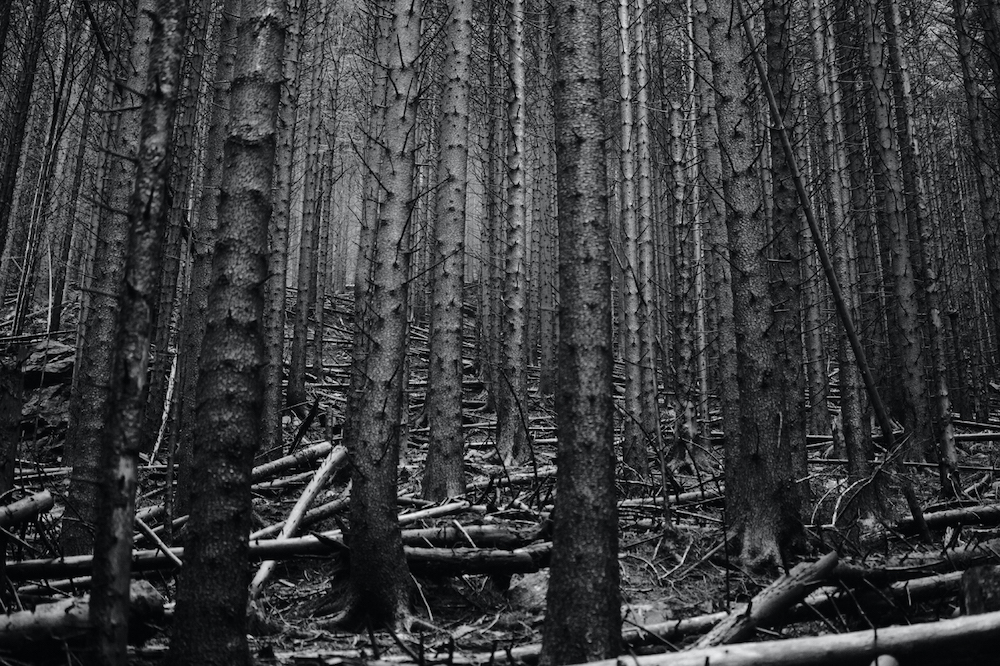
Last year, Teri Varhol and Elena Helfrecht, two Europe-based photographers based in London and Vienna respectively, released their first joint monograph through Antics Publications. Titled Augury, the collaborative work explores isolation and the tension between the natural and human-made world. The work was shot in a range of countries, from Vienna to Prague to London, speaking to larger, more universal feelings of dread, entrapment, freedom, and wonder. Whether it be mist-covered mountain sides, rabbits at night, or the undersides of cliffs, their images gaze back at the viewer, forcing us to confront our role as voyeurs, while letting us in on a secret in a language we perhaps do not speak. In both their oeuvres, Varhol and Helfrecht have a keen way of animating the inanimate, and presenting the natural environment as an omniscient, mysterious force.
In the following Q&A, they talk to Olivia Noss about their sublime debut.
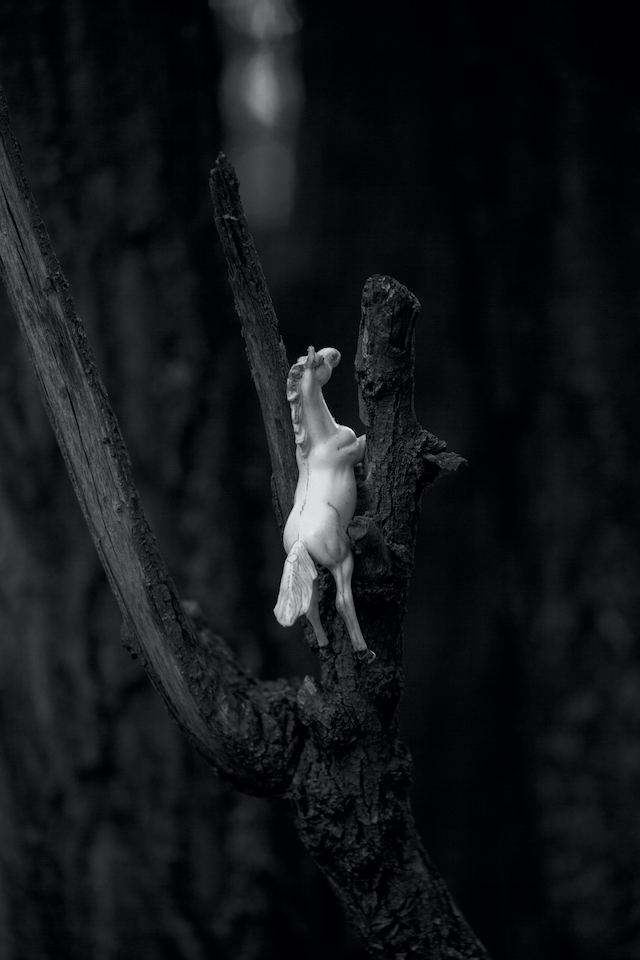
Olivia: Your monograph design connects each of your books back-to-back, as a singular piece that has no beginning or end. I’m really interested in this idea of the double bound book as it relates to time. Could you talk more about your relationship to time, especially making this work long-distance during the pandemic?
Elena: Time was the overarching concept behind everything, and it was very fitting because we were both very far apart from each other. We had this idea of uniting these images we took in very different parts of the world into one dimension. The book unifies them.
It was also a time that was really isolating. It was 2020, and there was the first lockdown in London and we still didn’t know much about the virus. I felt paranoid and didn’t go out a lot. I started to go for walks at night with my camera, without any set goals, just as a way to reconnect with the world around me. It was a very emotional and intimate approach to photography.
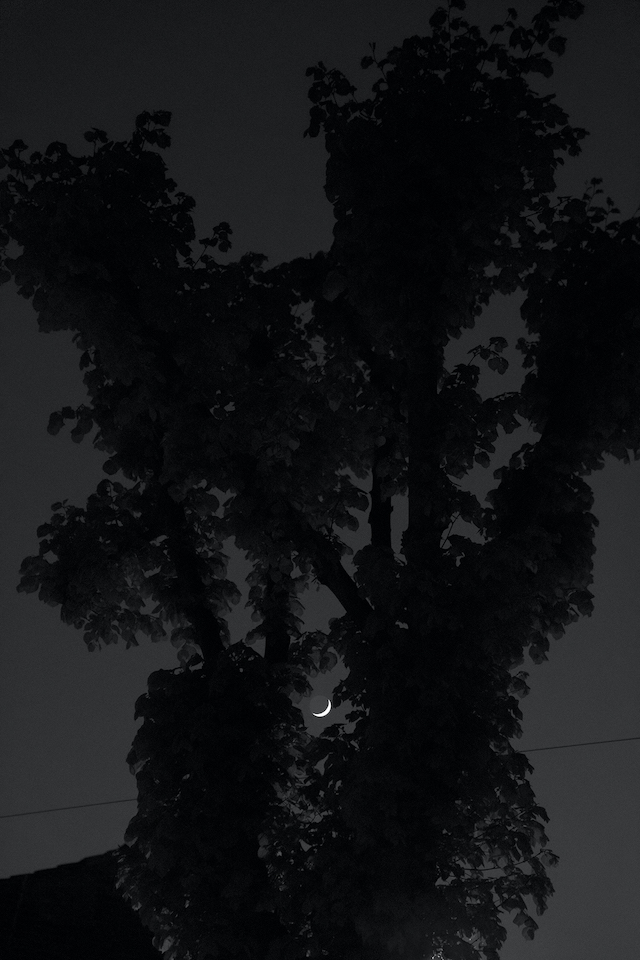
Teri: By doing these photos with Elena, it was a way to communicate with each other more physically. We wanted to create our own special safe place where we could be together. Somehow, it felt more intimate than having a chat remotely. There was this need to create something a bit more personal, and share thoughts that we couldn’t quite express in words. Also, our conversation on Stay At Home Photography, an online photography platform, gave us both something to hold onto during this time – an emotional anchor.
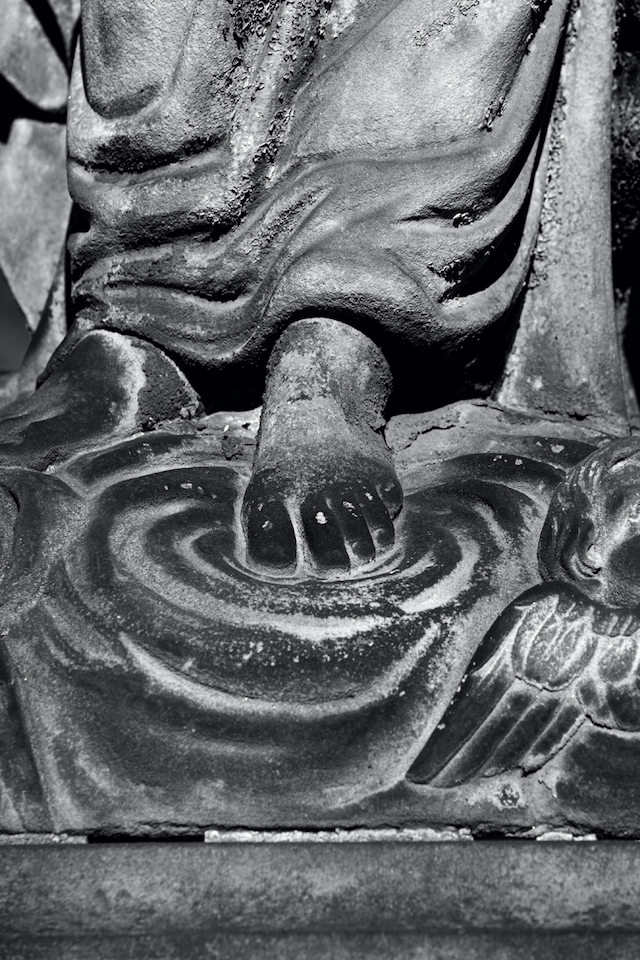
In an interview with GUP Magazine, you mentioned the image of the thaumatrope – an optical device made by two images placed on either side of a disc, that when spun quickly, reads as one image. The swallow and the cage are a common trope for this device, which you have used to title the corresponding sections of your book. Could you elaborate on how this metaphor relates to your work?
Elena: We were intrigued by the circular action, by something that can be looked at both ways, which has no beginning and no end. This concept seemed to be much more fitting than a simple photo book with alternating images.
Elena, you mention in the same interview that the swallow and the cage are two sides of the same coin. Could you speak more to this?
Elena: During this time, feeling entrapped and feeling free was a double-sided sword. On the one hand, you’d feel trapped because of the many restrictions, but on the other hand, it was emotionally freeing because you had so much time for yourself. When I took these photos, it was both a time of pressure and isolation, but also it allowed for freedom, because I had no obligation to go anywhere or meet anyone.
Teri: The coin symbolism is so closely related to the thaumatrope. It’s an illusion that we are trapped in a cage, but actually we are really not. It’s about what state of mind we have decided to adopt.
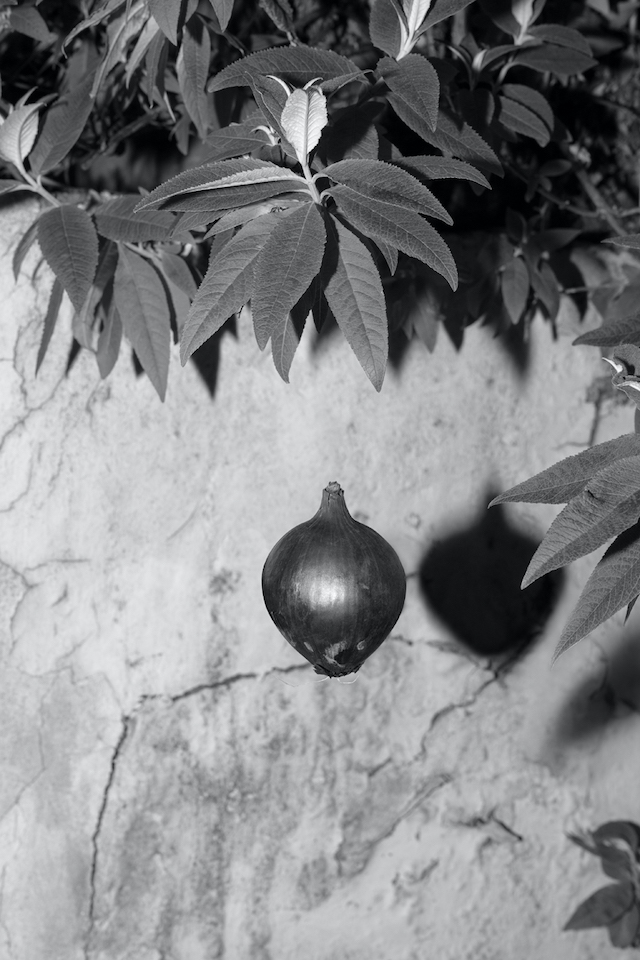
There is an image in Augury depicting an onion, appearing to be floating in space and time. Can you speak to how surreal yet banal moments play a role in your collective narrative? The interplay between surrealism and escapism?
Elena: What I observed during my night walks in London was nature taking back the space. I saw way more wildlife than usual – foxes, slugs, and other animals. I was interested in how a space so dominated by humans was getting taken back when they were not around. I found it quite interesting to create a surrealist illusion that plays with how far people seem to be disconnected from nature. This time had something really dreamlike to it for me, and something timeless – the days blending into each other. And we didn’t know what month it was, because every day was the same. It was time in suspension. A dream dimension that can be accessed through the images.
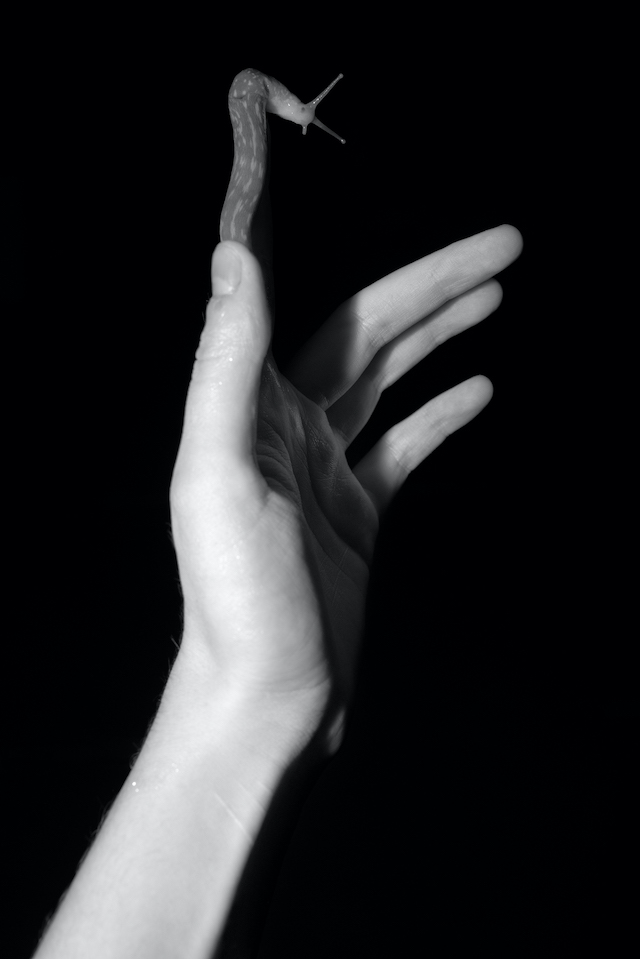
Teri, there is a lot of religious symbolism in your images. Can you speak to your interest in the making of that sort of imagery?
Teri: All of these religious symbols refer to the idea of the numinous – this invisible entity that we don’t understand. I think for many people, this pandemic brought about transformative experiences. I wanted to compare it to religious experience in its attempt to explain something unexplainable.
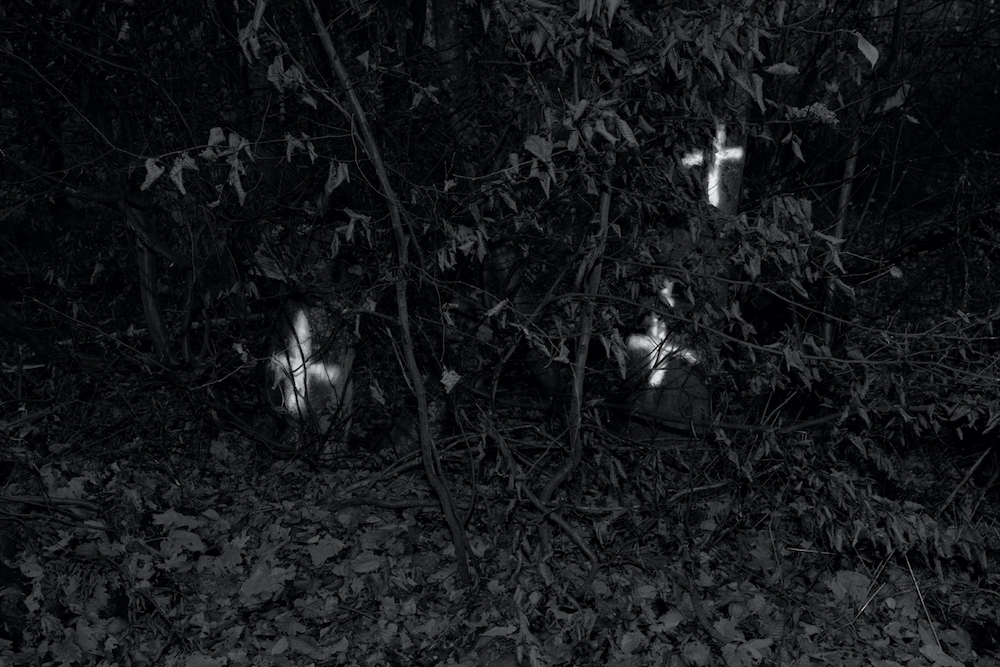
Psychogeography is an important facet of this series. Within art, psychogeography references the act of getting lost in a city through wandering, originally in reference to urban environments. You both have reinvented this term, in a sense, largely working in forests and other sorts of green spaces –coining it as a ‘wandering within the natural world, in collision with an urban one.’ Could you speak more about what draws you to psychogeography, and its role in the making of the book?
Elena: The way we approach making photographs is very symbolic. The word psychogeography is so fitting, because it refers to a psychological landscape. What you see in the images is not really what is there, but rather presents something else. It has more to do with access to an internal space, an emotional one.
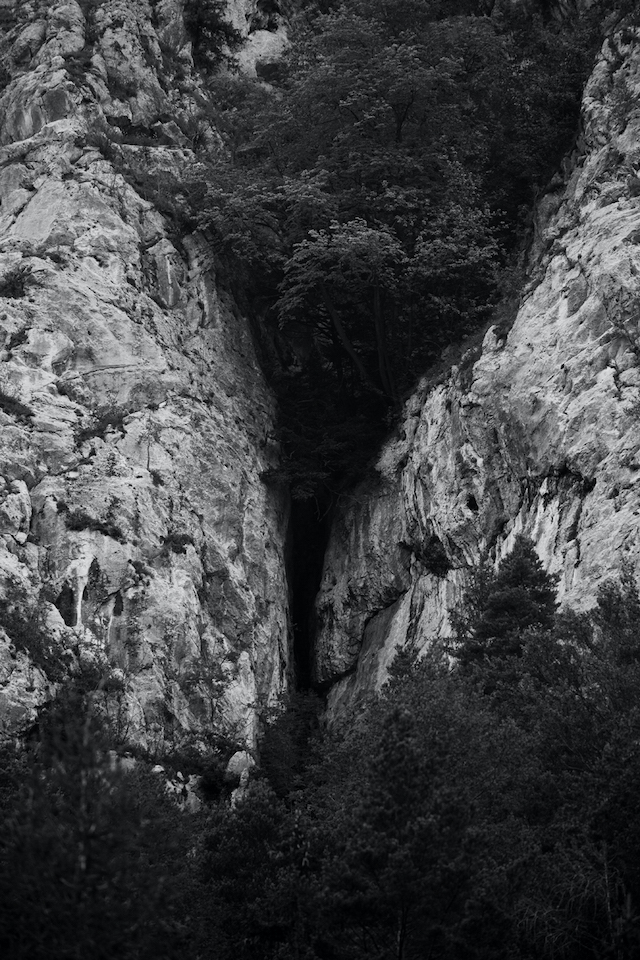
The title Augury harkens back to ancient Roman practices, involving reading the behaviour of birds, intermediaries between mortals and gods, in order to make important decisions. It makes me imagine you seeking answers from, not only from birds, but from the landscape as a whole. The swallow was also known to carry the souls of the dead. Were these allegories you considered?
Elena: What we do in the making of our images is augury – using one’s surroundings to try and understand something that cannot be understood. I think these sorts of superstitions and beliefs stem from an incapability to grasp something, so you assign it meaning, symbols and a higher order. Birds, in general, are a very interesting symbol. The swallow travels far distances, which is what we did during this time.
Teri: I think the bird representing the soul is an extension of the way in which we mentally traveled. The space we’ve made is one of safety. It’s a talisman – we can come back to it whenever we want.
‘Augury’ is available in the US through Antics Publications and for the rest of the world via Artibooks
